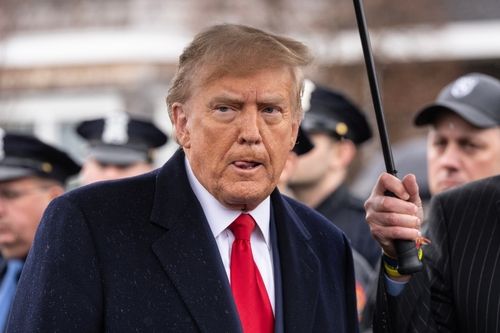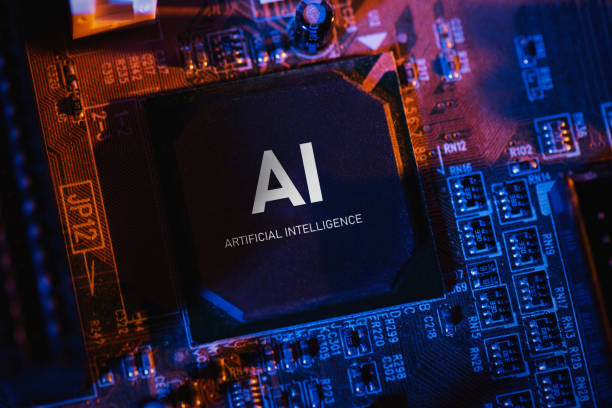GM taps former Tesla Autopilot chief to relaunch driverless car plans, moves on from 2024 failure

General Motors (GM) is giving its driverless car dreams another shot. However, instead of trying to enter the robotaxi sweepstakes, the American automaker is reportedly steering toward personally owned autonomous vehicles.
The former head of Tesla’s Autopilot program, Sterling Anderson will lead the charge. Under his watch, GM plans to bring back some of the talent that helped build its discontinued Cruise program, along with some fresh faces to reignite its self-driven car ambitions.
GM moves on from fatal Cruise crash to a personal-use pivot
General Motors returns to the self-driving car sector after a bruising year for its autonomous vehicles (AV) unit, Cruise.
In 2023, a Cruise vehicle injured a pedestrian in San Francisco, and the leadership allegedly tried to cover up the incident in its report to regulators, triggering crackdowns. The incident also led to the firing of nine top executives and the resignation of then-chief executive Kyle Vogt.
GM halted Cruise operations nationwide, cut over a quarter of the unit’s workforce, and folded some engineering teams back into its core operations. The company cited the high cost of developing the robotaxi platform and the slow pace of regulatory approvals as reasons for exiting the market.
Analysts say the decision to refocus on personally owned autonomous vehicles reflects a more capital-efficient approach.
Sterling Anderson’s return to center stage
Anderson’s appointment is seen as a statement of intent. He worked at Tesla, where he spearheaded the development of Autopilot before leaving in 2016 to co-found Aurora, a self-driving technology company that has focused on autonomous trucking.
His credentials go beyond corporate roles: at the Massachusetts Institute of Technology, Anderson’s doctoral work centered on semi-autonomous driving systems. At GM, his remit spans internal combustion, electric, driver-assist and autonomous products, a scope that gives him influence over how autonomy is integrated across the company’s line-up.
GM’s decision to tap into the alumni network of its discontinued Cruise unit suggests it values the technical expertise some of those professionals gained over years of robotaxi development, even if the commercial model failed.
Chief executive Mary Barra has actively spoken on GM’s commitment to autonomous technology, even as she cuts spending in other areas. On the company’s second-quarter earnings call in July, Barra listed autonomy, alongside domestic supply chain expansion and battery innovation, as one of GM’s “clear priorities” for long-term competitiveness.
Cryptopolitan Academy: Want to grow your money in 2025? Learn how to do it with DeFi in our upcoming webclass. Save Your Spot





